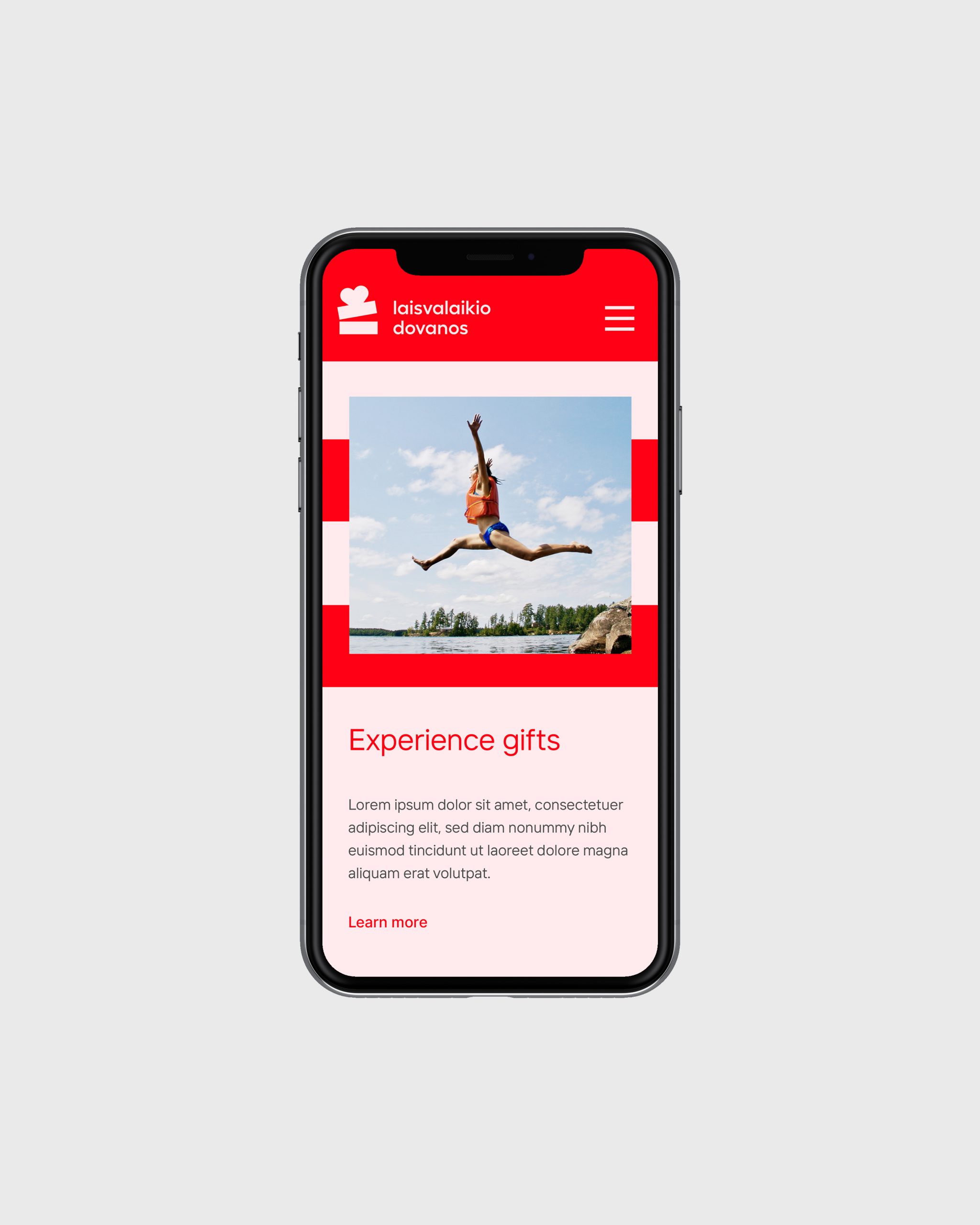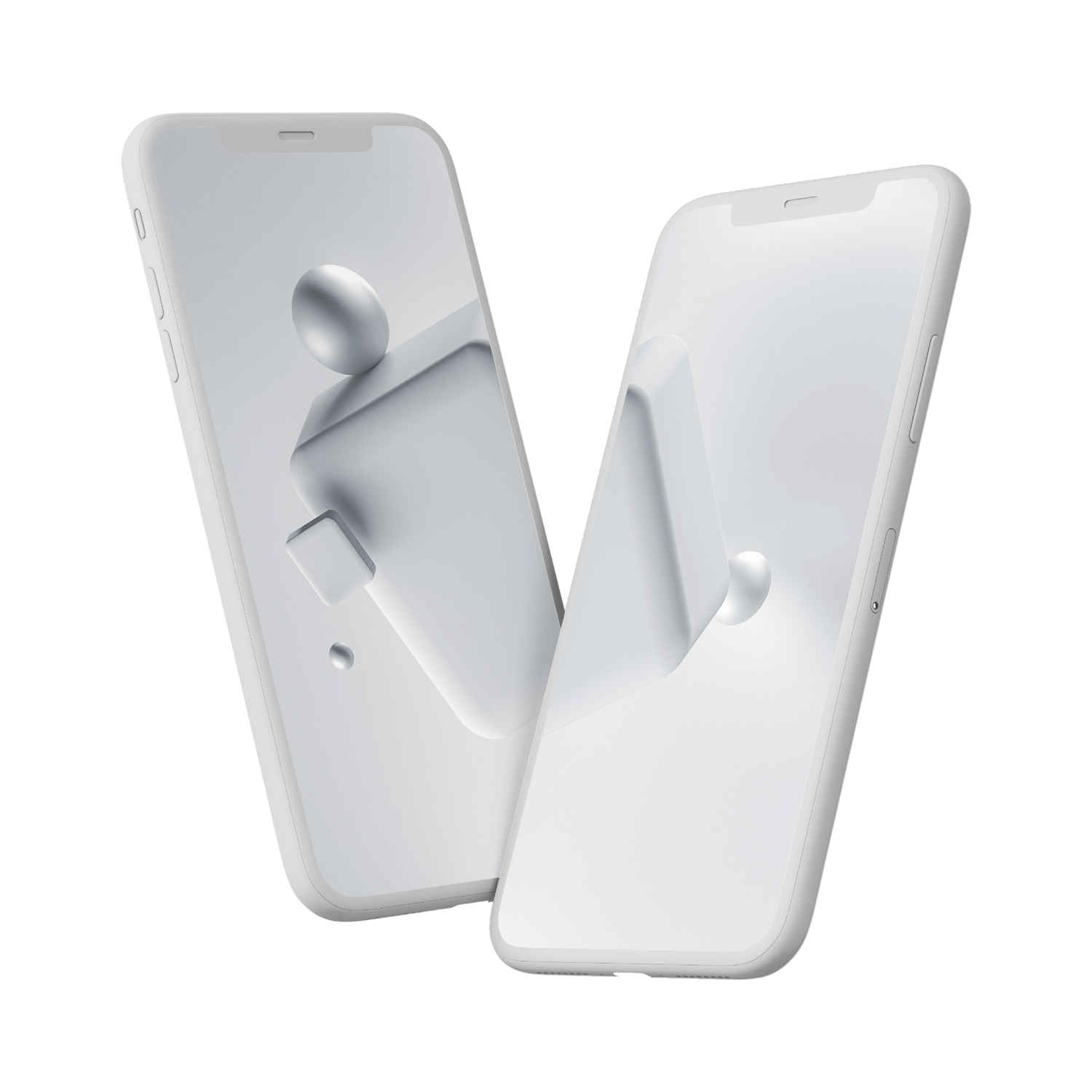
Case studies
AREA
Digital and ecommerce
Context
How to remain relevant in the digital space?
Continuously evolving customer needs and market landscape put digital businesses in a dilemma: how to react to changes and undergo daily iterations while still achieving your long-term strategic goals? In order to succeed, companies need to evaluate market shifts and define an adaptive approach that would guide their short-term and long-term actions. In turn, digital businesses seek for partners that can gather research results and convert them into systematic product and marketing updates.

Experience
Helping digital brands: from product validation to international expansion
We have worked with digital and e-commerce companies at every growth stage - from defining the concept and finding a product-market fit to creating a brand identity and developing communication materials that allow our clients to establish a unique market position. Our capabilities in research, product and brand strategy helped businesses launch new products, enter new market segments and scale-up internationally.
COMPONENTS
Surfshark
Developing a digital security expert image
The client came to us with the need to finalize brand's positioning and translate it into guidelines for internal teams. After completing the central brand definition development phase, the real challenge was to find an approachable and relevant way to explain digital security product to mainstream users. Together with the client's team we identified that even though a bigger portion of our day is spent online, there were hardly any solutions for measuring the quality of our digital lives. We saw it as a great opportunity to own a unique communication territory. To achieve the status of an approachable online security expert, we designed the Digital Quality of Life Index enabling users to assess and compare defining quality factors in different countries around the world. The branded content project performed above expectations: it reached over 450 publications in 61 countries, 180 articles in portals with the highest rating and was featured in *The Washington Post*, *Bloomberg*, and *World Economic Forum*, as well as in traditional media (TV, radio, print publications).

Laisvalaikio Dovanos
Tailoring e-commerce experience for any type of user
The project’s goal was to rethink voucher gift e-commerce experience for the Nordic, Baltic and Polish markets and to tackle the complexity of the large offering range and high competition. The additional challenge we discovered during customer research phase was the differences in segments: from pragmatic to emotional, from planner to last-minute shopper. We found these needs to be not only different but often contradictory. However, one value remained consistent - all the researched segments valued the assurance that despite their investment, preparation time, relationships with the receiver or their knowledge of the receiver's personal preferences, the outcome of gift giving will be successful. Therefore, the brand began offering Stress-Free Gift Giving to assist different types of gift-givers on their e-commerce platforms.

Trafi
Transitioning to mobility as a service provider category
Trafi was evolving from a local interactive timetable to a global mobility service provider that helps municipalities provide better mobility services. Our challenge was to find a way to explain the solution and its value to different platform stakeholders: municipalities, mobility service providers, public transport authorities and end-users. The common problem for rapidly developing and growing cities was the lack of control that users felt when choosing and using different mobility options. On the authorities’ side this was reflected through a diminished ability to efficiently monitor, plan and improve mobility options and solutions within the ever-expanding city. Together with the client we developed the brand platform “Own your city” that was used to communicate a set of functional values and benefits to different audience groups while still retaining a unified concept.


"Initially, we approached Synthesis with a communication project, but ended up transforming not only communication, but our whole local and international brand strategy, identity and design language; our brand feels completely safe in Synthesis’ hands."
Aurimas Mažylis
General Manager, Laisvalaikio dovanos



